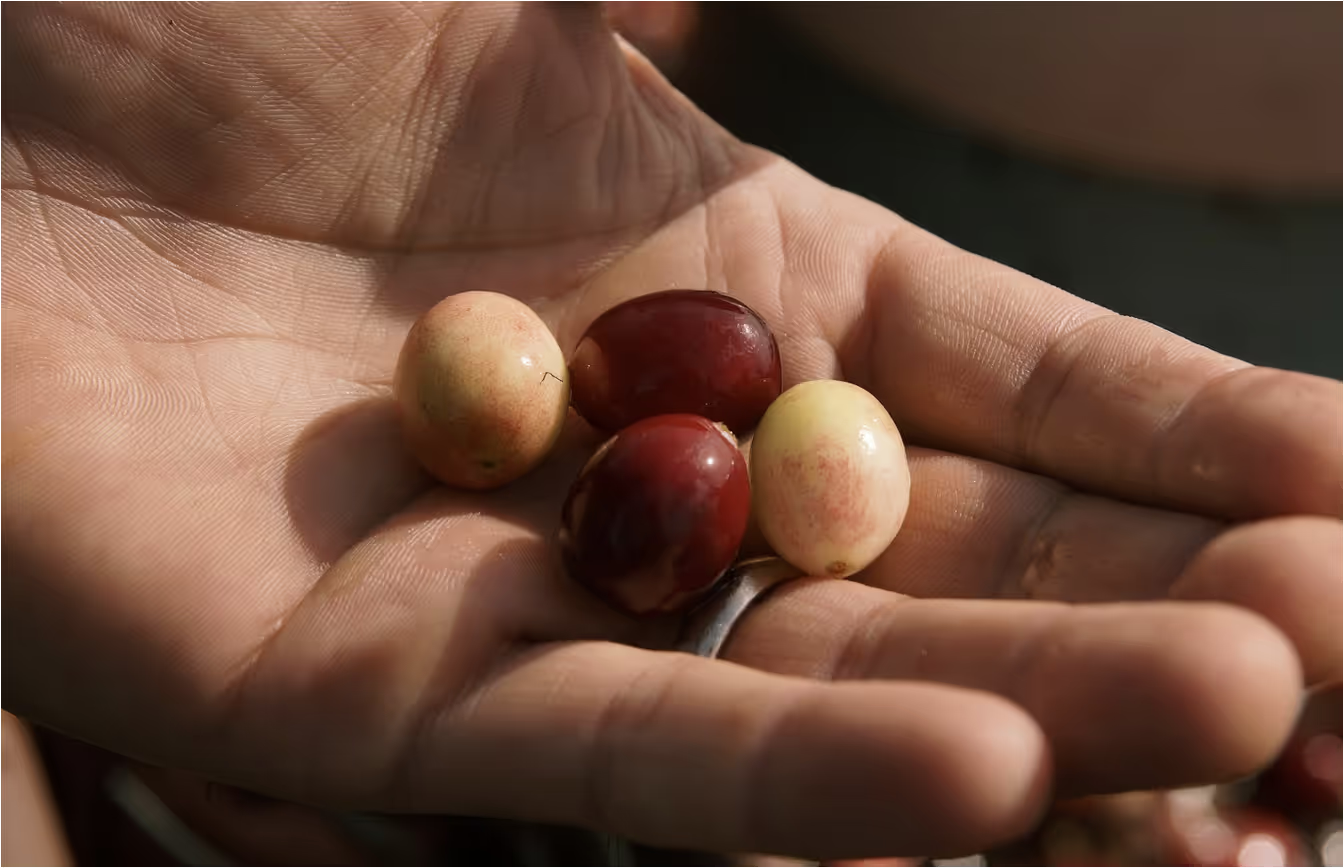Supported by robust science for urinary tract health1 2 3, cranberry has long been a strong performer in the dietary supplement marketplace. Its success makes cranberry a prime target for adulteration.
Botanical adulteration refers to the practice of substituting or adding misidentified materials that are typically cheaper and lower-quality to an ingredient. This practice is often driven by cost and raw material shortages. In some cases, the adulterant may completely replace the original material4. Adulteration is typically carried out without declaration, leaving buyers unaware that it has occurred.
Adulteration poses risks for both brands and consumers, eroding consumer trust in the dietary supplement market.
In cases of adulteration, consumers may unintentionally buy products that don’t deliver the intended health benefit and may have an adverse effect on their health. For example, adulterated ingredients sometimes contain peanut skin extract, which contains high levels of Proanthocyanidins – the same chemical family as cranberry extract – and may trigger allergies and other adverse reactions.
The potency and effectiveness may not be delivered when substituting a clinically tested active compound with an adulterated material.
Much of the research on cranberry’s anti-adhesion mechanism has focused on a class of phytoactives called A-type Proanthocyanidins (PACs).5 In 2004, the French Food Safety Authority published a health claim based on minimum PAC content from cranberries.6 If the cranberry PAC content is not reached due to the use of adulterated ingredients, the product may not provide the intended benefits.
Adulteration is a form of fraud and undermines industry standards. It erodes consumer trust in cranberry as a botanical and its benefits, harming the market as a whole.

There are three key things that companies can do to ensure that they’re sourcing authentic cranberry ingredients.
Unusually low prices should prompt an in-depth quality investigation to avoid potential adulteration.
Source botanicals from suppliers who provide transparent sourcing, robust quality sourcing procedures, and relevant test certificates.
Rigorous quality testing can help you verify the authenticity of your ingredient supply.
At Givaudan, we source 100% of our cranberry from trusted growers and cooperatives in Northern America. We also have extensive quality control procedures to detect potential adulterants in all our botanical extracts, including cranberry. By combining different analytical techniques, my team and I are able to delve deeper into the chemistry of botanical extracts to assess their authenticity.
Together, with formulators committed to providing genuine products, we can ensure that consumers have access to products made from authentic cranberry and trusted branded ingredients, like our Pacran™ and Flowens™.


